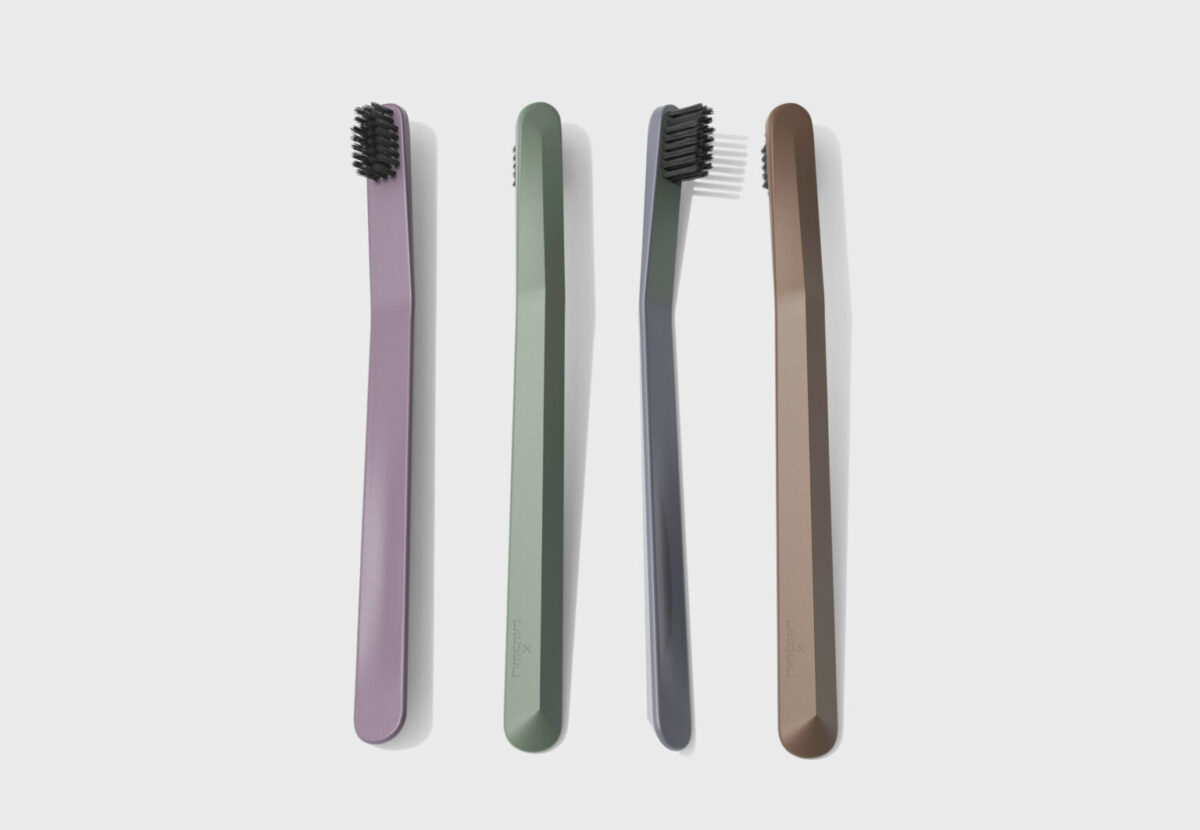Exploring Sustainable Alternatives for Toothbrushes

Most toothbrushes are made of 100% plastic, contributing to environmental concerns. Bamboo toothbrushes have emerged as a sustainable alternative due to their rapid growth and minimal environmental impact. Transitioning from plastic to bamboo handles is an easy and eco-friendly change. However, the real challenge lies in finding sustainable alternatives for the bristles.
Bristles play a crucial role, directly impacting oral health. While boar hair was used historically, it raises ethical questions. Nylon, derived from petroleum, is the most common choice for bamboo toothbrushes but is not easily recyclable or biodegradable.
Nylon 6, commonly used for bristles, lacks eco-friendliness. Nylon 4, deemed biodegradable, is rare in toothbrushes. Some opt for Nylon 1010 (Castor Oil), offering better biodegradability.
Exploring Alternatives
- Jute & Sisal: Natural fibers, but compromise on cleaning efficacy.
- Bioplastics: A broad category, reducing dependence on fossil fuels. However, challenges in recycling and biodegradation persist.
- Castor Oil: A renewable resource, has gained attention. However, its marginal benefits and limited impact on end-of-life challenges lead to continued exploration.
Animal hair is also being tested as a fully compostable alternative. Derived from waste sources like pork and horses in Asia, it offers a unique solution to plastic-free toothbrushes.
While no perfect solution has been found, ongoing advancements in technology and waste management practices offer hope. Scientists and innovators are actively seeking the ideal material for toothbrush bristles.
In a groundbreaking move, CJ Biomaterials, a leading producer of polyhydroxyalkanoate (PHA) biopolymers, unveiled the PHA Head-Up Toothbrush. This innovative toothbrush, developed in collaboration with eco-friendly design specialist Revelop, is a recipient of the prestigious German 2023 Red Dot Design Award.
The PHA Head-Up Toothbrush secured its place in the “Sustainable” category of the Design Concept discipline. CJ Biomaterials’ commitment to sustainability and eco-friendly solutions garnered acclaim, emphasizing the versatility of PHA applications.
Unveiling the Eco-Friendly Design
Crafted from a blend of industrially compostable polylactic acid (PLA) and PHA, the toothbrush introduces a new era in oral care. Its 8° angled brush head not only enhances functionality but also ensures hygienic and bacteria-free resting, eliminating the need for additional holders or sterilizers.
While many toothbrushes rely on traditional materials, CJ Biomaterials is at the forefront of developing advanced solutions. PHA, derived sustainably from nature, showcases the company’s dedication to impactful and eco-friendly actions.
A Versatile PHA Platform
As one of the few companies capable of mass-producing PHA, CJ Biomaterials actively explores diverse applications. Collaborations with prominent brands, including CJ Olive Young and NatureWorks, highlight the versatility of PHA in beauty/personal care and household packaging.
CJ Biomaterials doesn’t merely stop at toothbrushes. The company’s commitment extends to developing cosmetic packaging, adding amorphous PHA to the FDA’s inventory for Food Contact Substances, and constant collaboration for sustainable advancements.
Max Senechal, Chief Commercial Officer of CJ Biomaterials, envisions the Red Dot Design Award as a catalyst for promoting PHA’s advantages. The company’s strides in various applications showcase the potential of PHA in reshaping industries with sustainable practices.
In the dynamic landscape of sustainable materials, CJ Biomaterials proves that innovation and eco-friendliness can coexist, even in everyday items like toothbrushes. As the quest for sustainable oral care continues, CJ Biomaterials leads the charge towards a greener future, one toothbrush at a time.
